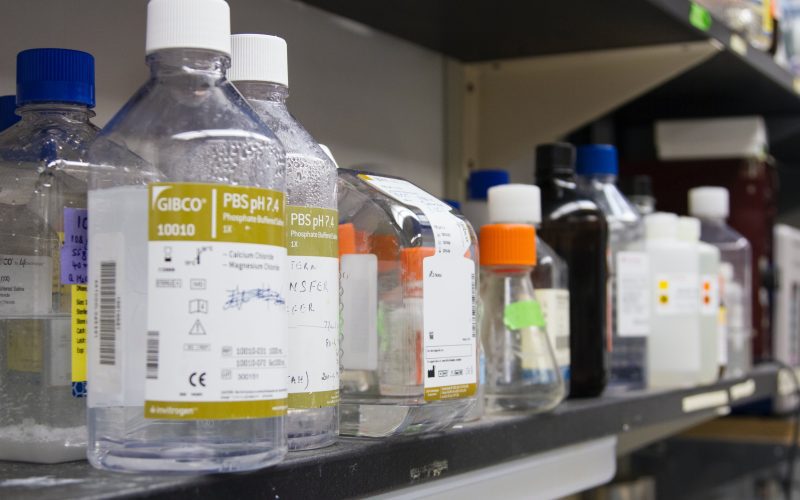Cholera is an acute diarrheal disease caused by the Vibrio cholerae bacterium, which spreads through contaminated food and water. It is a highly infectious and potentially life-threatening disease that has claimed millions of lives throughout history. In this article, we will explore the history, symptoms, and treatment of this deadly disease.
History of Cholera Cholera has been documented throughout history, with outbreaks occurring in various parts of the world. It is believed to have originated in the Ganges Delta in India, where it has been a constant presence since ancient times. Cholera spread to other parts of the world through trade and travel, reaching pandemic proportions during the 19th century.
One of the most significant outbreaks occurred in 1854 in London, England, which led to the discovery of the disease’s transmission through contaminated water. Dr. John Snow, a physician, traced the source of the outbreak to a contaminated water pump on Broad Street and removed its handle, leading to a decline in cases. This discovery led to significant improvements in sanitation and public health measures, and cholera outbreaks in developed countries became rare.
Symptoms of Cholera Cholera symptoms can range from mild to severe, with severe cases leading to dehydration and death within hours. The symptoms include profuse diarrhea, vomiting, muscle cramps, and dehydration. The diarrhea is painless, watery, and odorless, and can lead to severe fluid loss and electrolyte imbalances. The dehydration can cause shock and kidney failure, which can be fatal if left untreated.
Treatment of Cholera Cholera treatment focuses on rehydration and electrolyte replacement to prevent dehydration and restore fluid balance. Oral rehydration solutions, which contain a precise balance of glucose and electrolytes, can be administered to patients to prevent severe dehydration. In severe cases, intravenous fluids may be required to restore fluid balance.
Antibiotics, such as doxycycline and azithromycin, can be used to shorten the duration of the illness and reduce the severity of symptoms. However, antibiotic resistance is a growing concern, and the overuse of antibiotics can contribute to the development of resistant strains.
Prevention of Cholera Preventing cholera involves improving sanitation, providing access to safe drinking water, and promoting good hygiene practices. Water treatment and sewage systems can help prevent the spread of cholera, and handwashing and proper food handling can reduce the risk of contamination.
Vaccines are also available for cholera prevention, with two oral vaccines currently approved by the World Health Organization (WHO). The vaccines can provide immunity for up to two years and are recommended for travelers to areas with high cholera risk and for individuals working in high-risk settings.
Conclusion Cholera is a deadly disease that has plagued humanity for centuries. While significant progress has been made in controlling and preventing cholera, outbreaks still occur in parts of the world with poor sanitation and hygiene. Understanding the history, symptoms, and treatment of cholera is essential for effective prevention and control of the disease. By improving access to safe water and sanitation, promoting good hygiene practices, and increasing vaccination coverage, we can work towards a future free of cholera.












